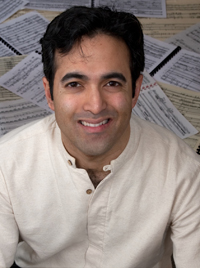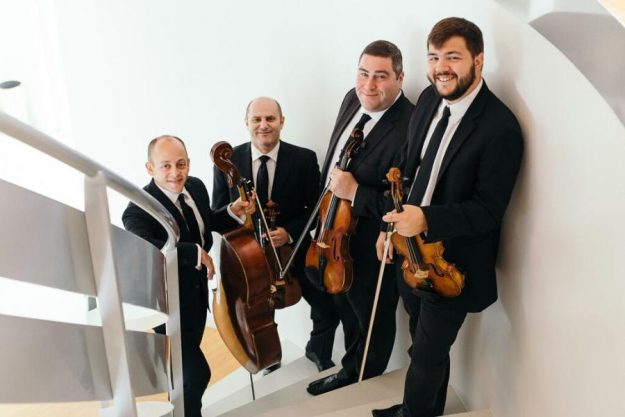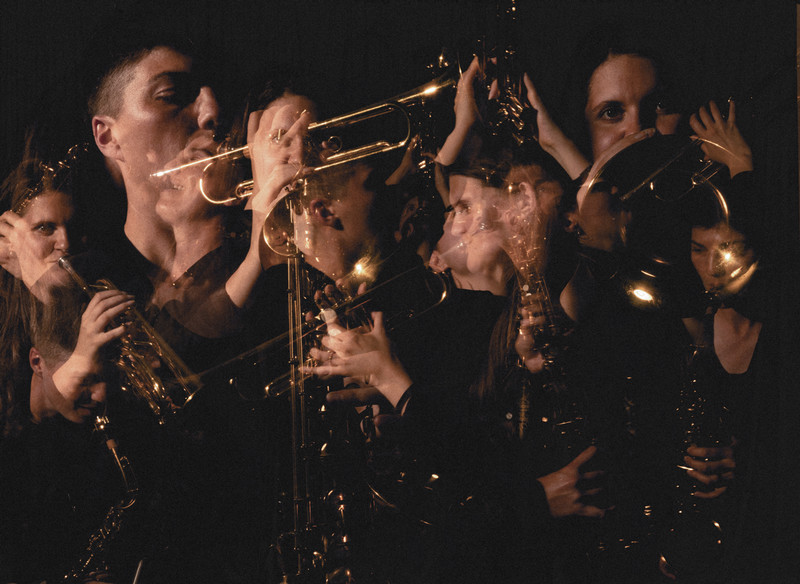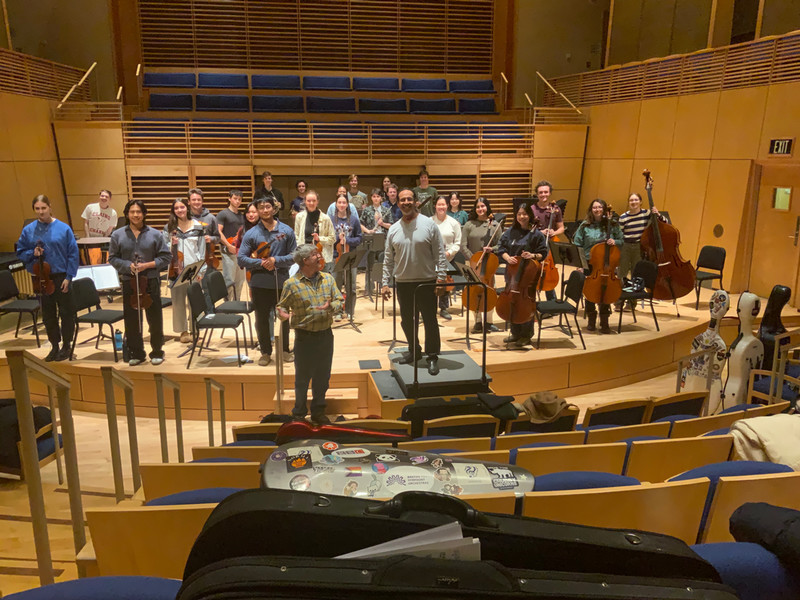Vineet Shende's New Work Aims at Genuine East-West Musical Integration
By Tom Porter
The latest composition by Associate Professor of Music Vineet Shende is set for its world premiere January 28, 2017, in a recital at Studzkinski Hall by the world-renowned Amernet String Quartet. On the eve of the concert, Shende described how the piece came about.
I have often been dissatisfied, if not outright annoyed, by concert-music pieces characterized as “East-meets-West.” Quite often the “East” of such pieces is fairly superficial—usually sections with “exotic” scales supported by drones. I suppose a culinary analogy would be claiming to have an Indian-American “fusion” restaurant where the dishes are actually just fried chicken, hamburgers, macaroni & cheese, and peanut-butter & jelly sandwiches sprinkled with a curry powder on top.
So when Jason Calloway, cellist of the fantastic Miami-based Amernet String Quartet, asked me for something for his group, I thought it would be an opportunity to write a piece where the aesthetics of Indian classical music were not just an added flavor but instead existed on a primary structural level. My String Quartet No. 2 in Raag Ahir-Bhairav employs melodic and formal ideas found in North Indian raag, rhythmic ideas found in South Indian taal, and polyphony and modulation found in Western concert music.
Unlike the concepts of scale, or key, in Western music, where a particular key like D major has central prominence, the concept of rang also includes differences in ascent and descent, particular melodic turns of phrase and ornamentations which are used when approaching a particular note from another particular note. All of these “rules” work to allow a particular rasa (an almost subconscious emotional state) to emerge for players and listeners alike. Ahir-Bhairav’s rasa is a serene contemplation of love and beauty. All of the melodic material in this piece is derived from the “rules” found in raag Ahir-Bhairav.
On the rhythmic front, unlike the relatively static concept of meter in Western music (i.e., a piece in 6/8 tends to, by and large, remain in 6/8 for its duration), Indian rhythmic concepts are much more fluid in nature. A beginning student will learn to state the same melodic idea in groupings of three, four, five, and seven beats. I’ve joined this idea with the Western concept of polyphony in my piece—in the third movement, the first violin plays phrases in groupings of seven beats, the second violin in groupings of three, the viola in groupings of five, and the cello in groupings of four. Whenever two of these instruments converge in these polymetric groupings, I modulated the central pitch of the raag (i.e. change “key”). When they all converge, every 420 beats, a new section begins with a prescribed increase in tempo.

I’m excited to have my work performed by the Amernet String Quartet, which has been lauded by The New York Times for its “intelligent and immensely satisfying” interpretations. The quartet is the Ensemble-in-Residence at Florida International University in Miami.
Also included on Saturday’s program is the haunting and otherworldly String Quartet No. 1 by Manuel de Murga, Sydney Hodkinson’s String Quartet No. 4, and an arrangement of Beethoven’s Pathetique Sonata written specifically for the group.



